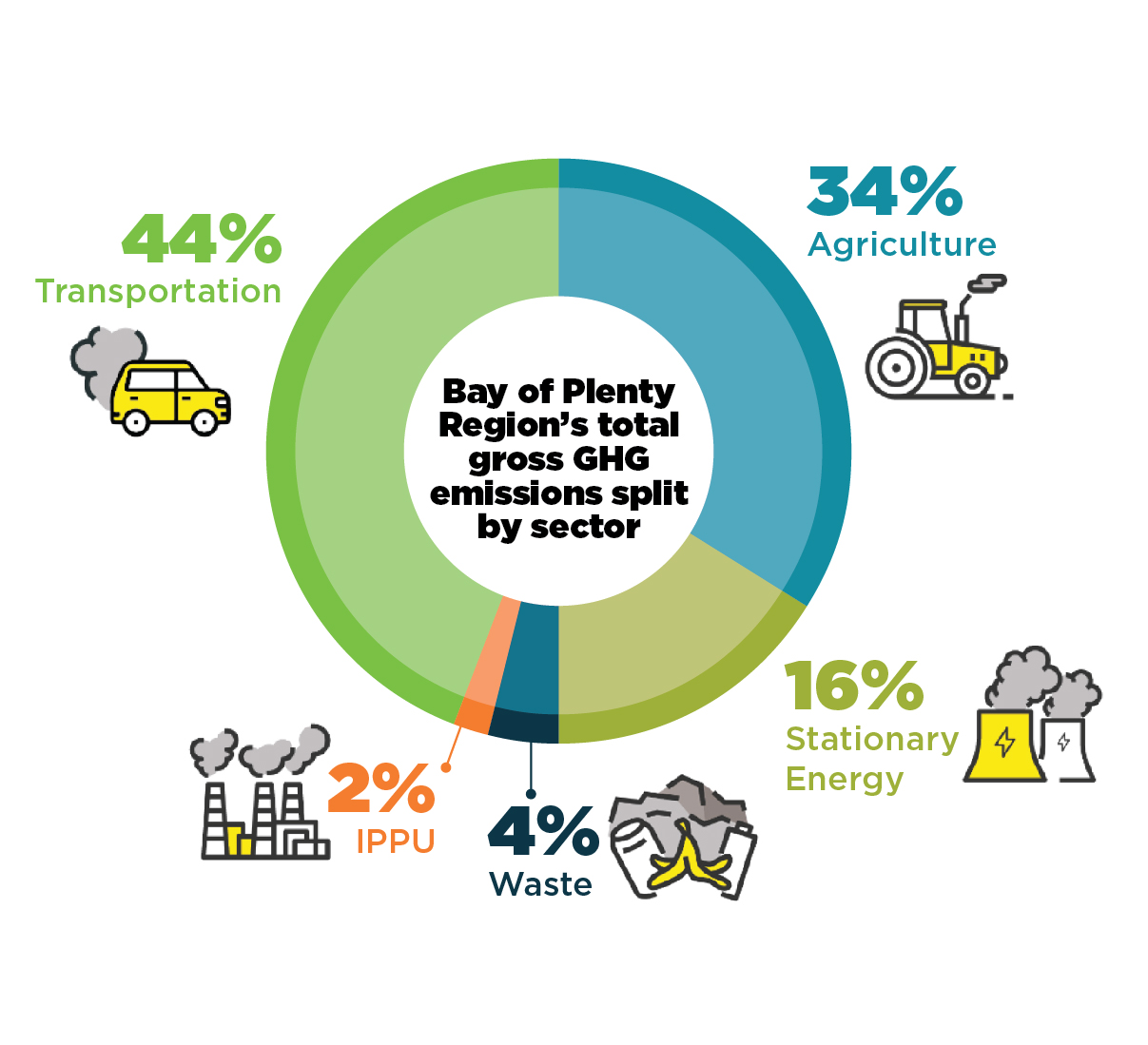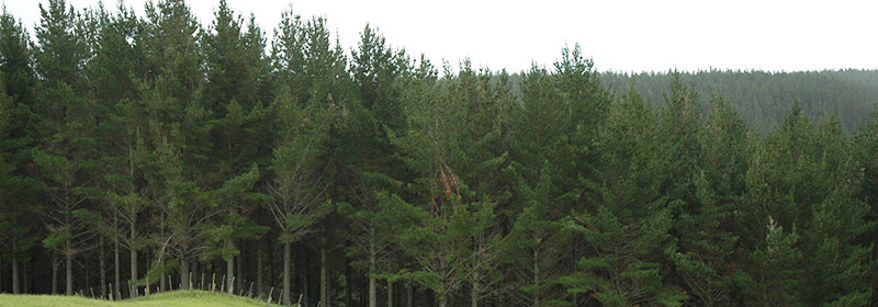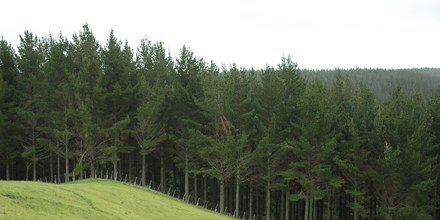Reducing or preventing greenhouse gas emissions, called 'mitigation', can lessen the future effects of climate change.
Even though some level of climate change is unavoidable because of past emissions, cutting emissions now will help limit future impacts. This is the focus of Goals 1, 2 and 5 of our Climate Change Action Plan:
![]() Bay of Plenty Regional Council is net zero emissions by 2050
Bay of Plenty Regional Council is net zero emissions by 2050
![]() Reducing regional greenhouse gas emissions
Reducing regional greenhouse gas emissions
 Economic transtion is enabled.
Economic transtion is enabled.
Greenhouse gas emissions in the Bay of Plenty
In 2021, we collaborated with the region’s local councils to update the Bay of Plenty Community Carbon Footprint 2022. By establishing this emissions baseline, we are able to understand the key areas where we need to focus action to reduce emissions.

During 2020/21, greenhouse gas emissions in the Bay of Plenty were 5.54 MtCO2e (excluding forestry), with agriculture and transport emissions being the largest contributors. Net emissions (including forestry) were 7.16 MtCO2e. Over this period, forestry was a net emitter of greenhouse gases due to the emissions associated with harvesting of trees.
Looking back to our previous community carbon footprint in 2015/16, our total gross emissions were 4.94 MtCO2e, so regional emissions have increased by 12% over the last five years. The biggest areas of increase are in stationary energy (up by 30%) and transport (up by 28%). Over this time the regional population has increased by 17%, so there has actually been a 5% decrease in gross emissions per person, from 17.0 to 16.2 tCO2e per person per year between 2015/16 and 2020/21.
Our emissions and targets
At Regional Council, we have a goal to achieve net zero emissions by 2050, with an interim target of a 25% reduction in gross emissions by 2026-27 (relative to 2022-2023) to support us on our pathway to net zero.


